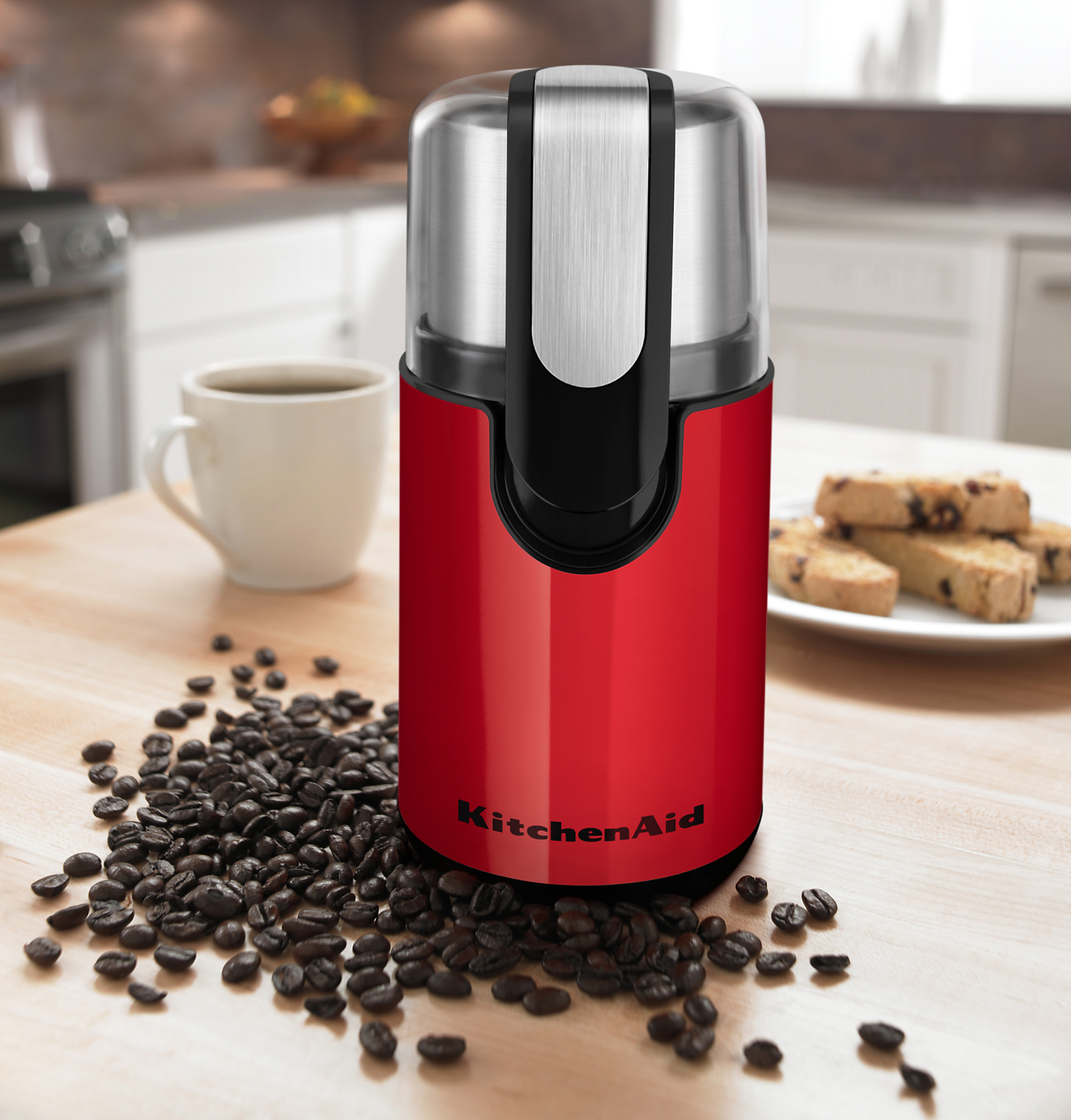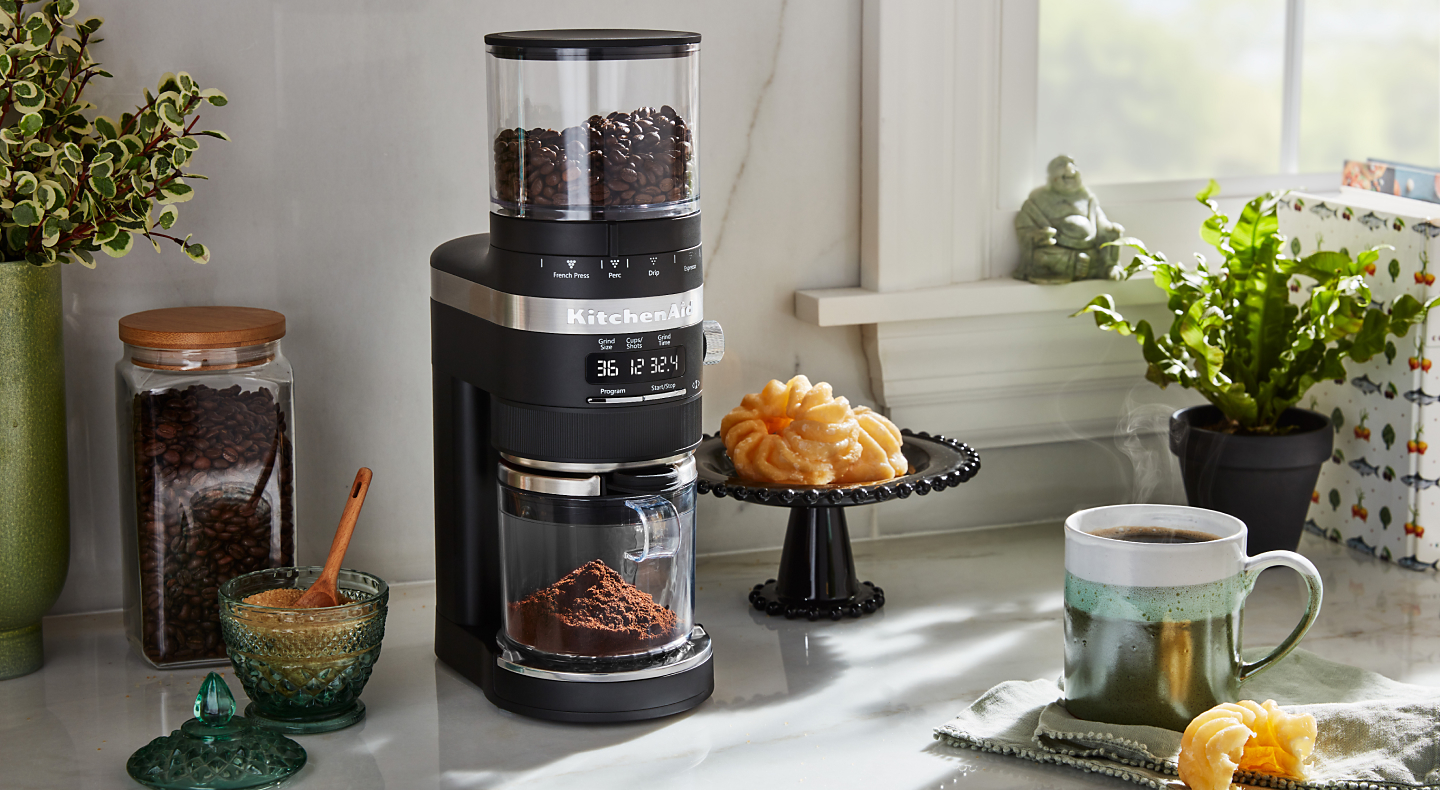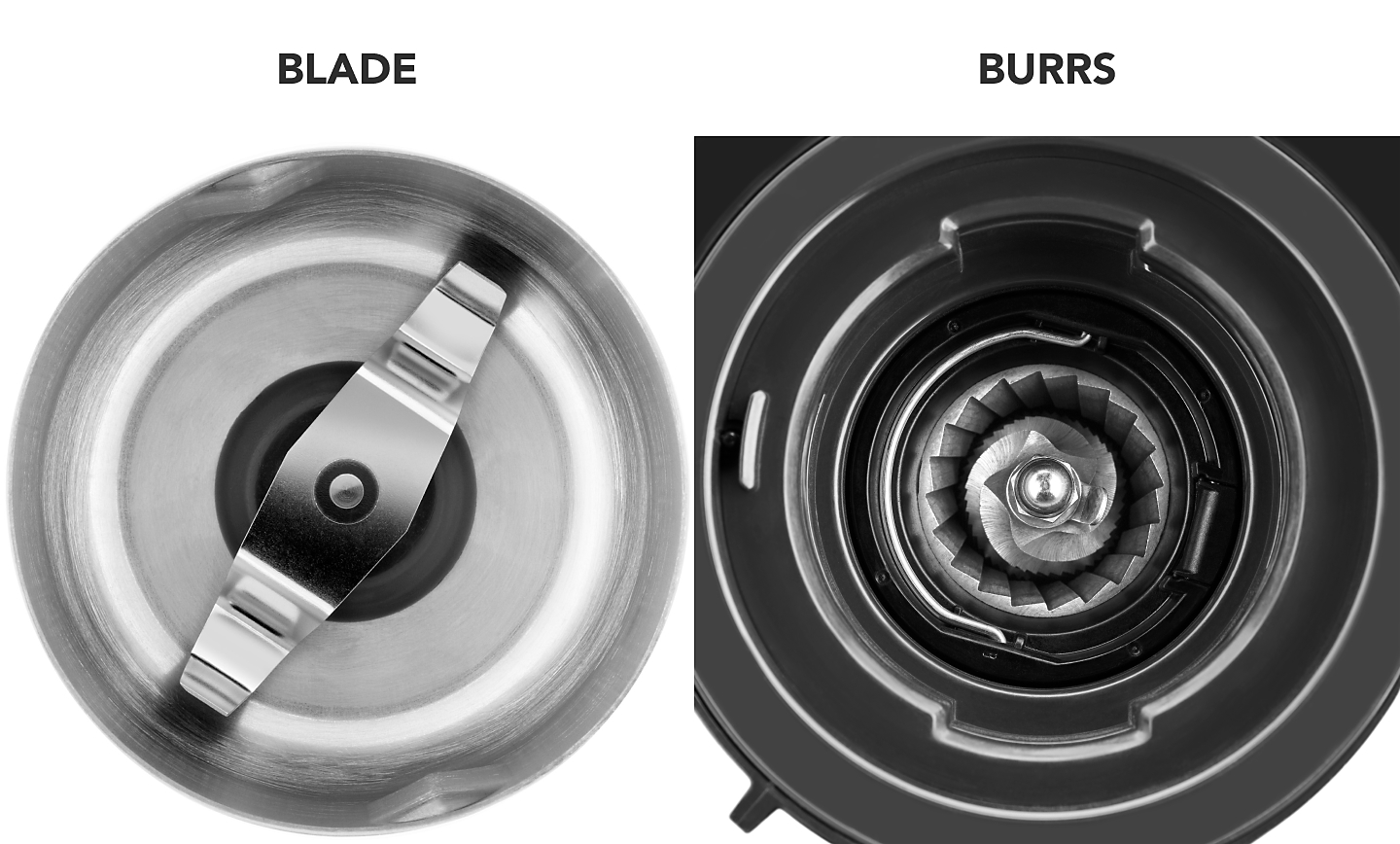
For coffee enthusiasts, freshly ground beans are the key to unlocking the full flavor and aroma potential of their favorite brew. While commercial grinders offer convenience, understanding how to use your coffee grinder effectively is essential for achieving consistent and optimal results. This comprehensive guide delves into the world of coffee grinding, providing a step-by-step approach to using your coffee grinder and maximizing your coffee experience.
I. Introduction: Unveiling the Significance of Coffee Grinding
The importance of using a coffee grinder lies in the transformation of whole coffee beans into grounds that are suitable for brewing. Grinding coffee beans just before brewing exposes their volatile compounds, releasing the rich and nuanced flavors that are often lost in pre-ground coffee. Additionally, the grind size plays a crucial role in the extraction process, affecting the strength, body, and overall flavor profile of the brewed coffee.
Consider the analogy of a fine dining experience. Imagine the finest ingredients, carefully sourced and prepared, only to be served on a disposable plate. Similarly, pre-ground coffee, despite its convenience, fails to capture the essence of freshly ground beans. The grinding process acts as a culinary revelation, unleashing the hidden depths of flavor that lie dormant within whole beans.
II. Understanding Coffee Grinder Types: Burr vs. Blade
Coffee grinders come in two main types: burr grinders and blade grinders. Each type has its own advantages and limitations, making the choice between them a crucial factor in achieving consistent and desirable results.
A. Burr Grinders:
Burr grinders employ two opposing burrs, typically made from stainless steel or ceramic, to crush and grind the coffee beans. The burrs resemble two gears, one fixed and the other rotating, creating a shearing action that produces a more consistent and uniform grind compared to blade grinders. This consistency is essential for achieving optimal extraction and flavor, especially for espresso and pour-over brewing methods, where precise grind size control is paramount.
Imagine a sculptor meticulously working with a chisel and mallet, shaping a block of marble into a masterpiece. Burr grinders embody this precision, carefully crushing and grinding coffee beans to reveal their hidden flavors.
B. Blade Grinders:
Blade grinders utilize a rotating blade, often made from stainless steel, to chop the coffee beans. They are simpler to construct and often less expensive than burr grinders. However, blade grinders can produce less consistent grinds, potentially leading to uneven extraction and suboptimal flavor. Blade grinders may be suitable for casual coffee drinkers or those who primarily use French press or drip coffee brewing methods, where a less precise grind size is acceptable.
Envision a food processor quickly chopping vegetables. Blade grinders operate similarly, breaking down coffee beans with less finesse, resulting in a less consistent grind.
III. Essential Components of a Coffee Grinder
Before diving into the grinding process, it’s essential to familiarize yourself with the key components of a coffee grinder:
A. Grinding Mechanism:
The heart of the grinder, the grinding mechanism is responsible for crushing and grinding the coffee beans. Burr grinders typically use two opposing burrs, while blade grinders employ a rotating blade.
B. Hopper:
The hopper serves as a reservoir for whole coffee beans. It should be large enough to accommodate your desired brewing quantity and have a tight seal to prevent beans from becoming stale.
C. Grind Size Adjustment:
The grind size adjustment mechanism allows you to control the coarseness or fineness of the grind. This is crucial for adapting the grind size to different brewing methods, such as espresso, pour-over, or French press.
D. Output Chute:
The output chute directs the ground coffee from the grinding mechanism into a collecting container or portafilter.
E. Collecting Container:
The collecting container captures the ground coffee for easy use. It should be made from a material that is food-safe and durable.
IV. Preparing Your Coffee Grinder: Essential Steps
Before embarking on your coffee grinding journey, ensure your grinder is ready for use:
A. Cleanliness:
Clean the hopper and grinding mechanism to remove any leftover coffee residue or oils that could affect the flavor of your coffee. Use a soft brush or damp cloth to avoid damaging the components.
B. Calibration:
If your grinder has a grind size calibration setting, calibrate it to ensure consistent grind size. This may involve grinding a small amount of beans and adjusting the setting until you achieve the desired grind size for your brewing method.
C. Grind Quantity:
Determine the amount of coffee beans you need to grind based on your desired brewing quantity and the recommended coffee-to-water ratio for your chosen brewing method.
V. Grinding Your Coffee Beans: A Step-by-Step Guide
With your grinder prepared, follow these steps to grind your coffee beans:
A. Measure the Beans:
Measure the appropriate amount of coffee beans into the hopper, ensuring it doesn’t exceed the hopper’s capacity. A general rule of thumb is to use one to two tablespoons of coffee grounds per six ounces of water. However, consult your specific brewing method’s recommended coffee-to-water ratio for optimal results.
B. Select the Grind Size:
Choose the appropriate grind size setting based on your preferred brewing method. Here’s a quick guide:
- Espresso: Fine grind, resembling table salt in consistency.
- Moka Pot: Fine grind, slightly coarser than espresso.
- Pour-Over: Fine to medium grind, similar to beach sand.
- AeroPress: Medium grind, resembling coarse sand.
- Drip Coffee: Medium-coarse grind, slightly finer than breadcrumbs.
- French Press: Coarse grind, resembling sea salt in texture.
- Cold Brew: Very coarse grind, similar to coarsely ground pepper.
C. Start Grinding:
Activate the grinder to grind the coffee beans. Observe the grinding process and listen for any unusual sounds that might indicate inconsistencies. For burr grinders, a short grinding time (around 10-15 seconds) is ideal for most brewing methods.
D. Collect the Ground Coffee:
Once the desired amount of coffee has been ground, stop the grinder and tap the hopper gently to dislodge any remaining grounds. Collect the ground coffee from the output chute into a clean and dry container. Avoid using the same container that stored your whole coffee beans to prevent the grounds from picking up any stale flavors.
VI. Tips for Optimal Grinding Results
To achieve consistent and flavorful coffee, follow these tips:
A. Grind Just Before Brewing:
Grind your coffee beans just before brewing to preserve their freshness and maximize flavor. Pre-ground coffee loses its volatile compounds quickly, resulting in a less vibrant and flavorful cup.
B. Grind in Small Batches:
Grind only the amount of coffee you need for each brewing session. This helps to minimize waste and ensures the freshest possible grounds.
C. Experiment with Grind Size:
The grind size recommendations are a starting point. Feel free to experiment slightly to find the perfect grind size for your taste and brewing equipment.
D. Pulse Grinding:
For better control over grind size, particularly with blade grinders, consider using a pulsing motion instead of continuous grinding. This helps to prevent over-grinding and achieve a more consistent result.
E. Clean Your Grinder Regularly:
Clean your grinder regularly to remove any coffee residue or oils that can buildup and affect the flavor of your coffee. Refer to your grinder’s manual for specific cleaning instructions.
VII. Conclusion: The Rewards of Freshly Ground Coffee
By mastering the art of coffee grinding, you unlock a world of flavor and aroma potential hidden within whole coffee beans. Freshly ground coffee offers a sensory experience unlike pre-ground coffee, allowing you to appreciate the subtle nuances and complexities of different coffee origins and roasts. The grinding process becomes a ritual, a mindful step in crafting your perfect cup of coffee. So, the next time you reach for a bag of coffee beans, remember—the power to unlock their full potential lies in your hands, or rather, in your coffee grinder.